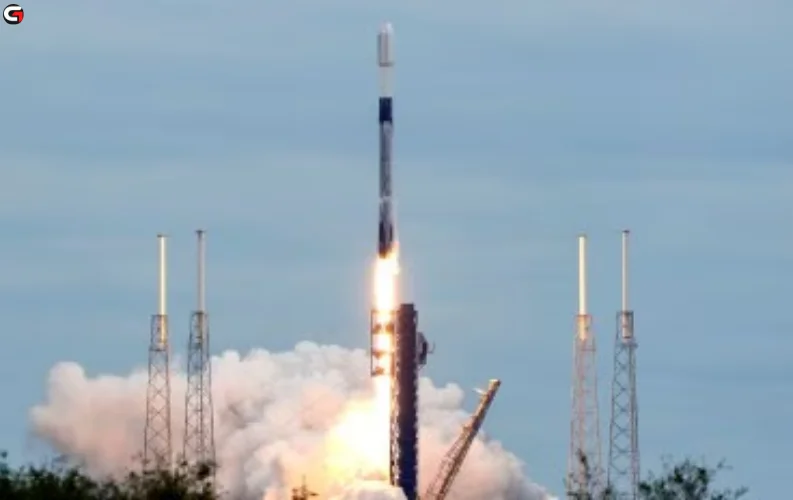In a groundbreaking collaboration, Elon Musk’s SpaceX successfully launched the Indian Space Research Organisation (ISRO)'s advanced communication satellite, GSAT-N2, into space on November 18, 2024. The satellite was launched aboard SpaceX's Falcon 9 rocket from the Canaveral Space Force Station in Florida.
Key Highlights of the GSAT-N2 Launch
The launch represents the first major commercial partnership between ISRO and SpaceX, paving the way for future joint missions. GSAT-N2, developed by ISRO's Satellite Centre and Liquid Propulsion Systems Centre, is designed to boost India’s communication infrastructure with its state-of-the-art Ka-Band HTS communication payload. This payload provides a data throughput of approximately 48 Gbps.
Enhancing India’s Digital Infrastructure
Equipped with 32 user beams—8 for narrow spot coverage over Northeast India and 24 for wide spot coverage across the rest of the country—the satellite will enhance broadband services and provide in-flight connectivity nationwide. It supports India's Smart Cities Mission by bolstering communication capacities with its robust 14-year operational life.
Why SpaceX?
India typically relies on its LVM-3 launch vehicle or French service provider Arianespace for heavy satellite launches. However, with Arianespace lacking operational rockets and LVM-3's payload capacity limited to 4,000 kg, SpaceX's Falcon 9 was the optimal choice to carry the 4,700-kg GSAT-N2 satellite.
Radhakrishnan Durairaj, Chairman of New Space India Limited, ISRO's commercial arm, confirmed that the satellite had been placed in a precise orbit, marking a successful mission.
The GSAT-N2 satellite continues the legacy of the GSAT series, ensuring India’s communication network remains robust and future-ready.






















